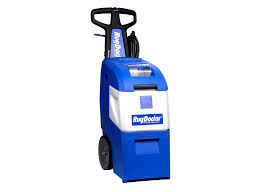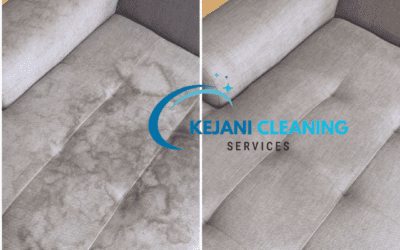Introduction:
Have you ever cleaned your sofa only to find it still damp hours later? You’re not alone. In fact, many people neglect the crucial step of properly drying their sofas after cleaning, which can lead to a host of problems. In this guide, we’ll explore the essential steps to ensure your sofa is thoroughly dry, preventing issues like mold and fabric damage.
Cleaning your sofa is a necessary task to maintain a clean and healthy home environment. However, failing to dry it properly can have adverse consequences. A wet sofa can become a breeding ground for mold and mildew, causing health hazards and foul odors. Moreover, prolonged dampness can damage the fabric, leading to costly repairs or replacements.
Step 1: Remove the Cushions
The first step to properly drying your sofa is to remove the cushions if possible. Detaching them allows for more effective drying and ensures that hidden areas receive proper ventilation.
Step 2: Blot Up Excess Moisture
After removing the cushions, use clean, dry towels to gently blot up as much moisture as possible from the sofa. Avoid rubbing, as this can harm the fabric and spread moisture further.
Step 3: Utilize a Fan
Position a fan in front of the sofa to enhance air circulation and expedite the drying process. The moving air helps absorb moisture and encourages faster evaporation.
Step 4: Open a Window
If the weather is warm and dry, opening a window can work wonders. Fresh air and sunlight are natural allies in the battle against dampness, aiding in drying your sofa more rapidly.
Step 5: Deploy a Dehumidifier
In case your home has high humidity levels, using a dehumidifier is advisable. It extracts excess moisture from the air, creating a more conducive environment for drying your sofa efficiently.
Tips:
- Avoid Using Heat: Refrain from using heat sources like hair dryers or space heaters to expedite drying, as they can damage the sofa’s fabric, causing shrinkage or fading.
- Patience is Key: Remember that it may take several hours for your sofa to dry entirely. Do not be tempted to use it prematurely; otherwise, you risk undoing your sofa cleaning efforts.
Conclusion:
Properly drying your sofa after cleaning is essential to prevent mold growth, fabric damage, and unpleasant odors. By following these steps, you can ensure that your sofa remains clean, fresh, and in excellent condition.
We hope this guide has been helpful in your quest for a cleaner, healthier home. Share these tips with your friends and family, and don’t forget to subscribe for more valuable cleaning insights





0 Comments